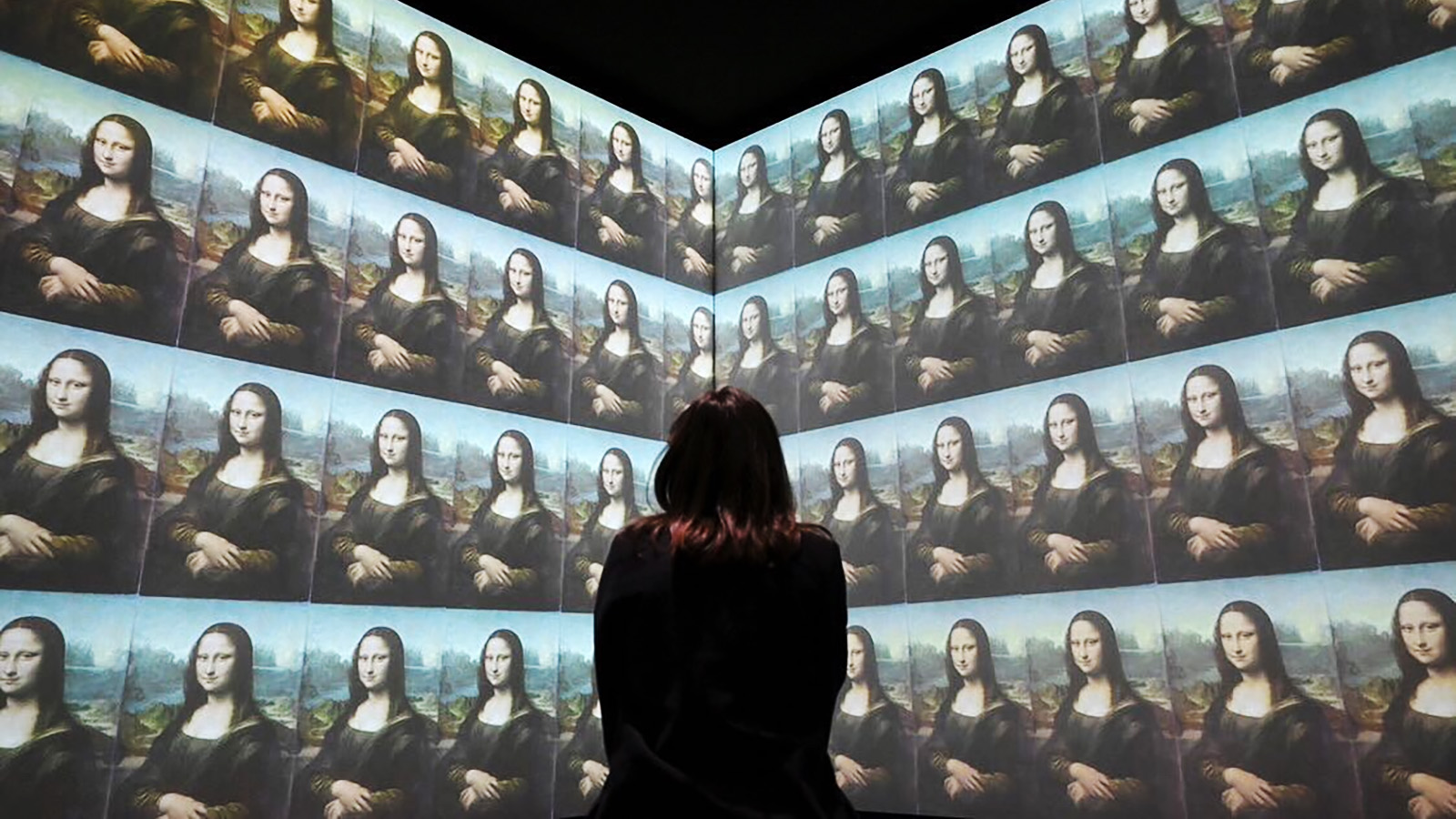“A New Way Of Collecting”: Behind TRLab’s Bid To Elevate The Digital Collecting Experience
For TRLab, this centering of education anchors its broader goal of enriching digital collecting. “One of our core beliefs at TRLab is that access and education should be integrated into the act of collecting,” says Xin Li-Cohen, Co-Founder and Chairwoman of TRLab, “and we consider those to be core utilities in every project we build.” Accordingly, the Calder Question maximizes the utility and interactivity of Web3 to elevate an audience’s understanding of a body of work, while creating a shared experience. To Audrey Ou, CEO and Co-Founder of TRLab, “This is an inkling of what’s to come with the next-generation application of NFT technology, where NFTs can be still images or art, but they can also be tokens in a collective experience and in this case, signifiers of knowledge.”
“A Historical Marker”: How ICA Miami Is Thinking About NFTs
Earlier this month, the Institute of Contemporary Art in Miami (ICA Miami) acquired the NFT piece, “CryptoPunk 5293” by Larva Labs, via a donation from ICA trustee Eduardo Burillo — making it one of the very few museums to own a NFT and in turn, enter the crypto space. The gift made headlines, inserting the ICA Miami into an ongoing discussion on just how the digital art movement fits into institutional collections and curatorial practices. For Alex Gartenfeld, ICA Miami’s Artistic Director, response to the museum’s first NFT acquisition has been roundly positive. “The acquisition has been a really interesting crossover moment in terms of our contemporary program being exposed to and overlapping with an entirely new group of people with overlapping but separate interests as well,” he tells Jing Culture & Crypto.
LACMA’s Art + Technology Lab Enters The NFT Conversation
Earlier in July, the Art + Technology Lab of the Los Angeles County Museum of Art (LACMA), on its Unframed platform, released an article, NFTs and the Museum Part 1: NFTs 101. In it, the first in a planned series focused on the emerging digital art form, Joel Ferree, Program Director of the Lab, and Tomas Garcia, Assistant Vice President of Technology and Digital Media at LACMA, discussed what NFTs could mean for cultural institutions.

Diane Drubay, Founder of We Are Museums, discusses how Web3 might play a sustained and sustaining role within museums. Image: Shutterstock
Web3 Is Headed Our Way. Are Cultural Institutions On Board?
For museums hoping to thrive in a climate that’s been economically roiled by a pandemic and radically transformed by a digital and social awakening, the blockchain surely represents an attractive avenue. With it, a handful of art institutions have embarked on NFT sales and programs, and opened the door to cryptocurrency — all in a bid to generate revenue and engage audiences with tech-forwardness. As Diane Drubay, Founder of We Are Museums and Arts and Culture Advisor for the Tezos ecosystem at TZ Connect, tells Jing Culture & Crypto, “The blockchain world tends to play with headlines and big numbers while the culture world looks for art, quality relationships, and projects of purpose. A new narrative around Web3 has to be told, but above all, understood and analyzed.”
Where Grand Palais Immersif Is Taking Immersive Experiences Next
Later this year, the Opéra Bastille will play host to Venice — or at least, its digital twin. From September to February 2023, the Venise Révélée exhibition will present a 3D recreation of the city of masks, offering visitors a tour of its key attractions from the Grand Canal to Palazzo Ducale, which were captured with drones and photogrammetry, as well as an interactive education in Venice’s fragile ecology. It’s a showcase that taps the cultural industry’s most bankable trend — immersion — for which the Parisian venue has landed an apt partner, Grand Palais Immersif.



